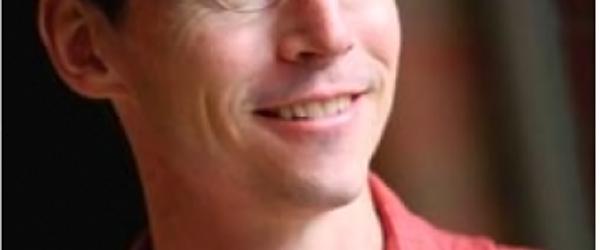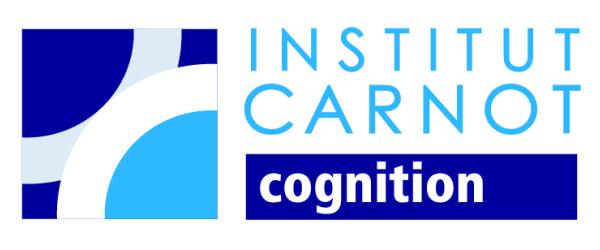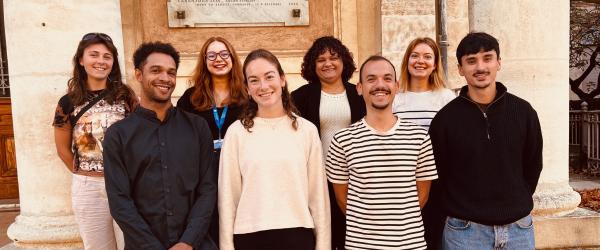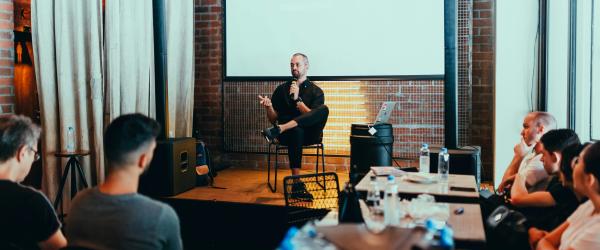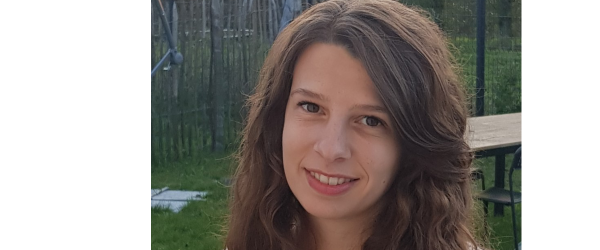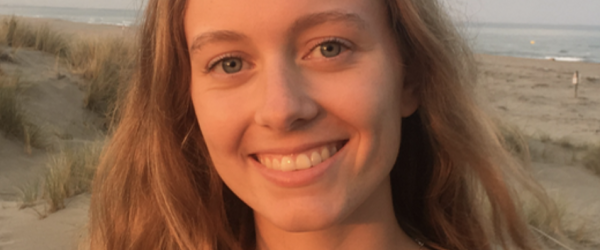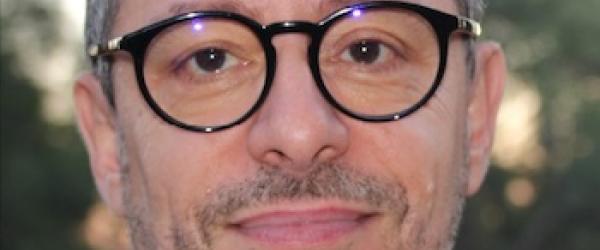Les séminaires du Lundi accueillent le 19 Février 11h, Stephen ENGEL (Department of Psychology, Engel Vision and Imaging Laboratory, University of Minesota, USA) - Salle des Voûtes
Title : Visual Snow: All The Noise We Cannot See
Visual snow is a recently isolated and surprisingly common (~2-3% of the population) symptom where people continuously perceive tiny specks flickering in their visual field (similar to dynamic noise), a sort of "visual tinnitus." The symptom rarely resolves on its own, and no effective treatments are available for those who find it troubling. The origins of visual snow have remained unclear, but our lab recently provided evidence that it is causally related to spontaneous neural activity in the visual system: Prior exposure to a visual stimulus reduces the perceptual strength of similar patterns, a phenomenon called visual adaptation. In people with visual snow, viewing high contrast dynamic noise adapters greatly reduced the strength of the snow (transiently like most visual aftereffects) to the point that it disappeared in most observers, some of whom reported seeing the world without snow for the first time. Because adaptation to visual noise is known to reduce the responsiveness of neurons in early visual cortex, this result strongly suggests that spiking there is necessary to produce the snow percept. And because effects were measured while viewing a blank screen, this activity is spontaneous. Current work aims to identify precisely where and how the spontaneous activity arises and could aid in developing diagnostic tools and potential treatments. People with visual snow may effectively be able to observe the noise present in their nervous systems, providing a window onto its origins and the mechanisms that allow others to suppress it.
Equipe invitante : Aurelie CALABRESE, équipe SMP (Sense, Mouvement & Perception)










